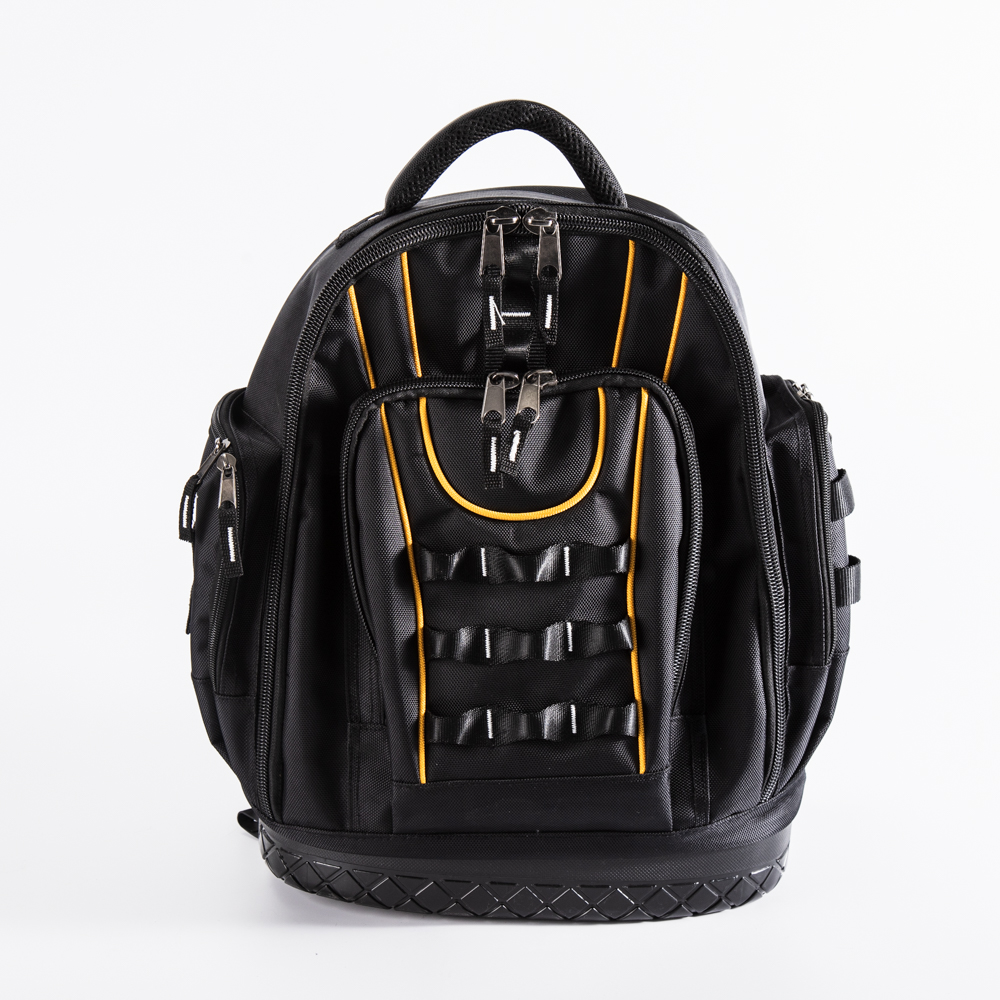Mr. E, who resides in Tuanjiehu, shared a recent incident that left him shaken. One day, while he was occupied in the living room, a loud noise erupted from the kitchen. Rushing over, he discovered a large portion of the ceiling had collapsed, sending pots and pans crashing to the floor. Fortunately, no one was inside at the time. As he looked around, he noticed that the home improvement company that had renovated the space six years ago was nowhere to be found. A friend with construction knowledge told him that even if they could locate them, there would be no one responsible for the issue. After the warranty period expired, it was clear that he would have to bear the cost himself.
While Mr. E’s situation was dramatic, many other problems caused by poor-quality decoration and building materials are not as severe but still cause significant inconvenience. These issues are widespread, and many consumers only become aware of the importance of home warranties when something goes wrong. The regulations surrounding these warranties are often unclear, with different brands and channels offering varying levels of support and service.
To clarify, here is an overview of common warranty periods:
- **1 year**: The state mandates a one-year warranty for furniture and building materials.
- **2 years**: The basic construction of residential interior decoration projects comes with a two-year warranty.
- **3 years**: Some stores extend the warranty on furniture, building materials, and basic decoration projects to three years, with waterproofing lasting up to five years.
- **5 years**: Waterproofing work in residential interiors typically has a five-year warranty.
- **6 years**: Some companies, like Lewu Decoration, extend their warranty on basic decoration and waterproofing to six years.
- **Lifetime**: Certain furniture and building materials offer a lifetime warranty, though this is often not included in formal contracts.
- **Repair, Replacement, and Return**: These are the core components of the “three guarantees†policy, ideally provided free of charge.
- **Free vs. Paid**: In practice, some brands offer free after-sales service, while others charge for repairs or replacements.
- **Maintenance**: For high-functionality products, maintenance services may be available, with costs varying depending on the situation.
Beyond these outlined policies, the home furnishing market is complex and full of surprises. From the moment of purchase, consumers face a maze of materials, procedures, contact numbers, and conflicting claims. Without proactive engagement or clear communication, problems tend to follow one after another. The root issue is often that no one takes responsibility — people don’t know who to contact or how to proceed.
The three-guarantee period is a critical point. During this time, brands are expected to provide free repairs, replacements, or returns. Once this period ends, however, brands may ignore the issue or suggest customers pay out of pocket, which becomes a major source of conflict.
Some brands choose to extend their warranty periods voluntarily, handling all issues during that time. Others promote “lifetime warranties,†but the terms and conditions remain ambiguous, leading to further disputes about payment and service quality.
In short, the after-sales service for durable home products remains inconsistent, leaving many consumers feeling uneasy rather than reassured. While extending warranty periods uniformly could be a solution, initiatives like the nine service commitments proposed by Lanjingli furniture store also show promise.
Ultimately, the real challenge lies in ensuring product and construction quality from the very beginning — during production, installation, and execution. On the occasion of March 15th, given the ongoing issues with furniture, building materials, and decoration quality, the "Guangsha Times" analyzed the after-sales service landscape, hoping that when problems arise, the resolution process will be straightforward and efficient.
Tool Backpack
Tool backpack is a specialized backpack designed to carry and organize tools and other small equipment for various tasks. It typically features multiple compartments, pockets, and loops to hold different tools securely in place and make them easily accessible when needed. Our backpack is made from durable materials such as heavy-duty nylon or canvas to withstand the weight of tools and resist wear and tear from daily use. Tool backpacks come in different sizes and configurations to cater to the specific needs of different professionals, such as electricians, plumbers, carpenters, and mechanics.
They provide a convenient and efficient way to transport tools to and from job sites, making it easy to carry everything needed to complete a job without having to make multiple trips or carry bulky toolboxes.

Tool Backpack, waterproof tool bag,heavy duty tool backpack,Rucksack Tool Bag
ZHANGJIAGANG CITY XIANGLE TOOL CO., LTD. , https://www.xiangletoolbag.com
